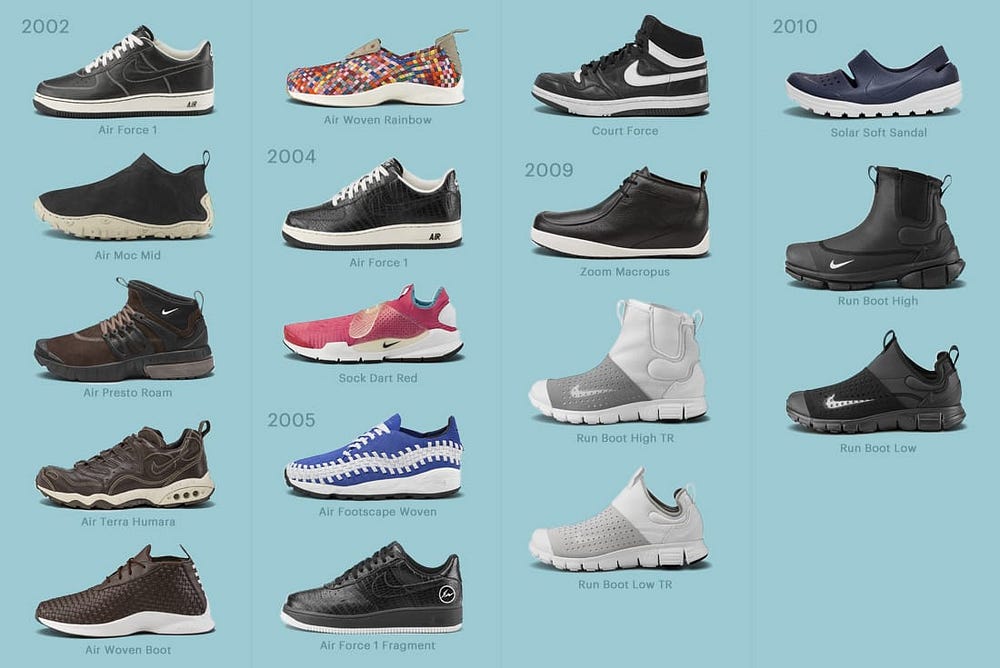Why Big Clients Are Turning To Small Agencies
In recent years, there has been a global change in the way clients interact with advertising agencies. Rather than focusing solely on huge agencies, large enterprises are starting to see the value in small agencies. Clients want to know who they’re working with personally, and build successful, long-term relationships with agencies. Jeff Bezos has a rule at Amazon – if a team cannot be fed by two pizzas then that team is too large.
Unhealthy Relationships
Usually, when big companies face a design problem, they just throw money at it until it goes away. Sometimes this works. But most of the time, it doesn’t. This comes about for a number of reasons, often just because it’s the ‘done thing’. Companies will just copy what their competitors are doing, even if this is not the best route forward for them.
Once companies have huge budgets, they will look for expensive things to spend it on. Big agencies can often exploit this, putting a massive price tag on a project, just because more people are involved. A client-agency relationship should not look like this, and clients are catching on.
Clients are starting to look for optimization and cost-cutting. Overspending on big agencies is the starting point for many companies. If a client is going to spend money on an agency’s services, they need the right results. To achieve this, agencies need the attitude of “measure twice and cut once”.
Sunk Cost Fallacy
One of the reasons big agencies fail to deliver the best results first time is because of the ‘Sunk Cost Fallacy’. When agencies have ‘sunk’ a large budget into a specific department (e.g. email marketing), they are more inclined to turn to that department as the only solution.
You won’t find a small agency with an email marketing department. Without this predisposition, small agencies can actually strategize which solution is best for the client, before moving forward. With this mindset, small agencies set themselves, and the client, up for success.
Another benefit of not having several departments within an agency is that everyone’s skillsets are much larger. Every agency will have specialists for different mediums, but a small team is constantly learning from each other, allowing the agency to be much more flexible to the client’s needs.
Small agencies will also seek out best-in-class vendors for executing certain projects. Producing the best work for the client is the priority, and having associated talent partners is a great way of ensuring this.
The Ringlemann Effect
Since 1913, psychologists have been citing the Ringlemann Effect when discussing group productivity. Ringlemann discovered “the inverse relationship that exists between the size of a group and the magnitude of group members’ individual contribution to the completion of a task”. In other words: as a team gets bigger, each individual puts in less effort. The main reason behind this is accountability. As responsibility is diffused, the incentive to put in maximum effort is reduced. In the case of smaller agencies, the level of responsibility for each team member is vastly amplified, and so everyone is always determined to produce amazing work.
For a real example of how effective a small team can be, let’s look at HTM – Nike’s experimental design project. HTM takes its initials from the first names of its three collaborators: Hiroshi Fujiwara, Tinker Hatfield and Nike’s CEO and designer Mark Parker. The three designers put aside their daily routines and worked on updating existing products and developing new ones. The project was a huge success, all credited to the uninterrupted focus the three designers were granted by having such a small team. Their creations speak for themselves:


Big Agencies Vs. Small Agencies
Perhaps the biggest difference between big and small agencies is how the client’s business is valued. When handed a low-profile project, a large agency will hand it over to their “B” team. Because the project isn’t necessarily as exciting as others, it isn’t given the same respect and is carried out unenthusiastically.
In a small agency, there is no “B” team. Small projects are usually the way small agencies prove themselves to big clients, and so any work they are given is treated with the utmost respect. Give a small project to a small agency, and they’ll throw all their passion and creativity into it, proving that they can do the same for the big projects.
Of course, another advantage of small teams is the pace they can work at. Fewer layers of management mean fewer approvals, fewer processes and less potential roadblocks. For big companies with their own layers of bureaucracy, the agility of small agency is what is most appealing to them. Ruth Bernstein, co-founder of YARD puts it nicely:
“Big brands with big vision are looking for agencies that can match their perspective, not their size.”
Clients need an agency that will carry out projects quickly, and make any adjustments even quicker.
Conclusion
Give a brief to too many people with too many resources, and you’ll receive a product that is over-designed, over-priced and under-focused. Give the same brief to a small team with limited resources and you’ll get a well thought out product of creative collaboration, which isn’t afraid to defy convention.
So much is written about big agency work, but small agencies have just as influential a role in the larger agency eco-system. They shouldn’t be dismissed, as despite being small in size, they are massive in ambition.

